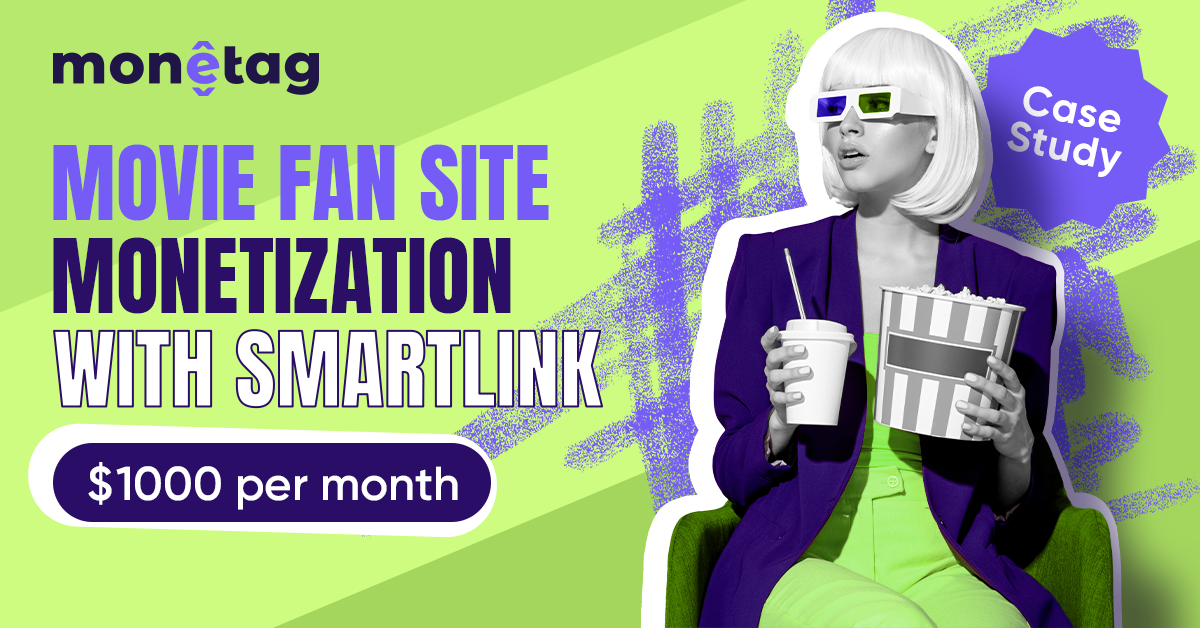ASO & Monetag SDK: Turning Utility App into $120 Daily Revenue
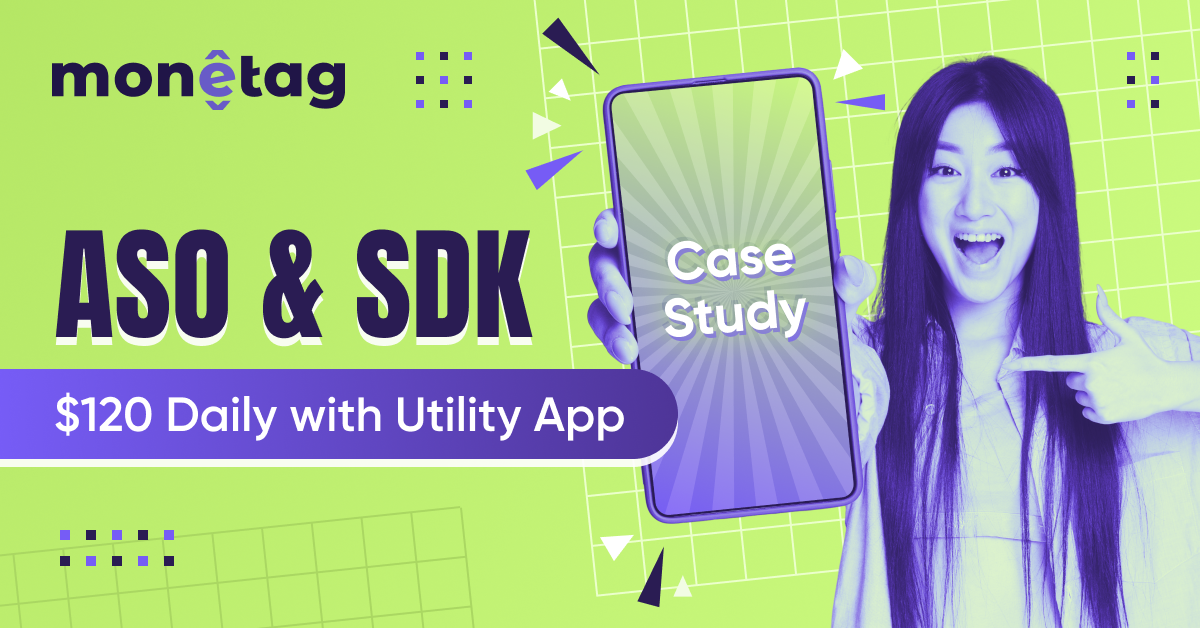
This post is also available in:
Pt
Es
One of our publishers with an Android app decided to give the Monetag SDK a test drive and shared his thoughts and results with us. Read on to find out how he managed to make $120 a day, what ASO has to do with it, and whether you can still make money if you’re not in the Google Play Store (for whatever reason).
Media Content & Utility App
Our publisher, Fadhlan, is an experienced Android developer from Indonesia:
I’ve been doing this for a few years now. Mostly, I’m into utilities. Together with my small team, we build apps and then publish them to the Play Store.
His apps are all about media content and utilities related to media: players, downloaders, and ad blockers for specific services. That’s how Fadhlan explains the choice of his niche:
“This is exactly the kind of functionality people are looking for, so my apps are very easy to promote, even organically – ASO is totally something you want to do when promoting an app. It’s free (more or less) and brings in quality leads.”
How to Promote Utility Apps?
As Fadhlan explained, his primary focus is on App Store Optimization (ASO). He finds relevant keywords, adds them to the app’s description, and tries to take good-looking screenshots that show the interface and highlight how easy it is to use the app.
This simple strategy, despite his initial doubts, brought him a significant audience:
There are not that many utility apps in Bahasa* and for the Indonesian market. I think one of my apps even got into some kind of top apps rating once, and that brought new users.
*Indonesian language
In addition, Fahdlan also runs a few paid campaigns when he notices that organic traffic is dropping or his profits are dwindling.
Is Monetizing An Android App That Challenging?
Like many publishers, Fadhlan started his monetization journey with the most widely known ad network. He opted for banners and interstitials, believing that these formats would be less intrusive to users of utility apps.
“I was getting some revenue, it was kind of stable until I faced a sudden and unreasonable ban from Google. I make sure all my apps are compliant with Google Play rules, but sadly, that’s not a guarantee. If you’re familiar with bans, you know that they usually don’t tell you why the app was banned. And nothing can be done about it.”
Despite his app being compliant, Fadhlan’s app was deleted from the store, and soon, the ad network also stopped working with the publisher, forcing him to start from scratch.
“I couldn’t monetize the audience I had collected, so I started testing various solutions in my other apps, you know, to have a plan B in case something unexpected happens or they accidentally ban you. I didn’t want to lose the audience again.”
Monetizing via SDK and Mediation
Starting from this point, our publisher tested different SDKs – indeed, he managed to make some profits, although very unstable. He wasn’t particularly satisfied with the SDKs he tried because they all required significant effort, and the results after were not impressive.
Fahdlan was looking for something simple. His main requirements were minimal effort on his part and monetization independence – the confidence that his app could be monetized whether it was published in Google Play or not.
We asked the publisher, what attracted him to Monetag SDK.
“First of all, it was easy, and with Monetag, all I had to do was install the SDK and decide which formats I wanted in my app. I was also excited to test push ads in the app – it’s not a format you would find in a typical SDK. Finally, Monetag works with apps that are in Google Play and apps that are not. This meant that if something unexpected happened, I wouldn’t have to change the monetization solution.”
In other words, Monetag SDK gave to opportunity to monetize the audience even if the app is not in the app store for whatever reason.
Please note that we do not recommend using push ads while your app is still in Google Play.
Test Drive: Implementing Monetag SDK
Fast forward, our publisher added the Monetag SDK to one of his apps that had been on Google Play for about half a year. The app already had an established audience and was starting to generate revenue.
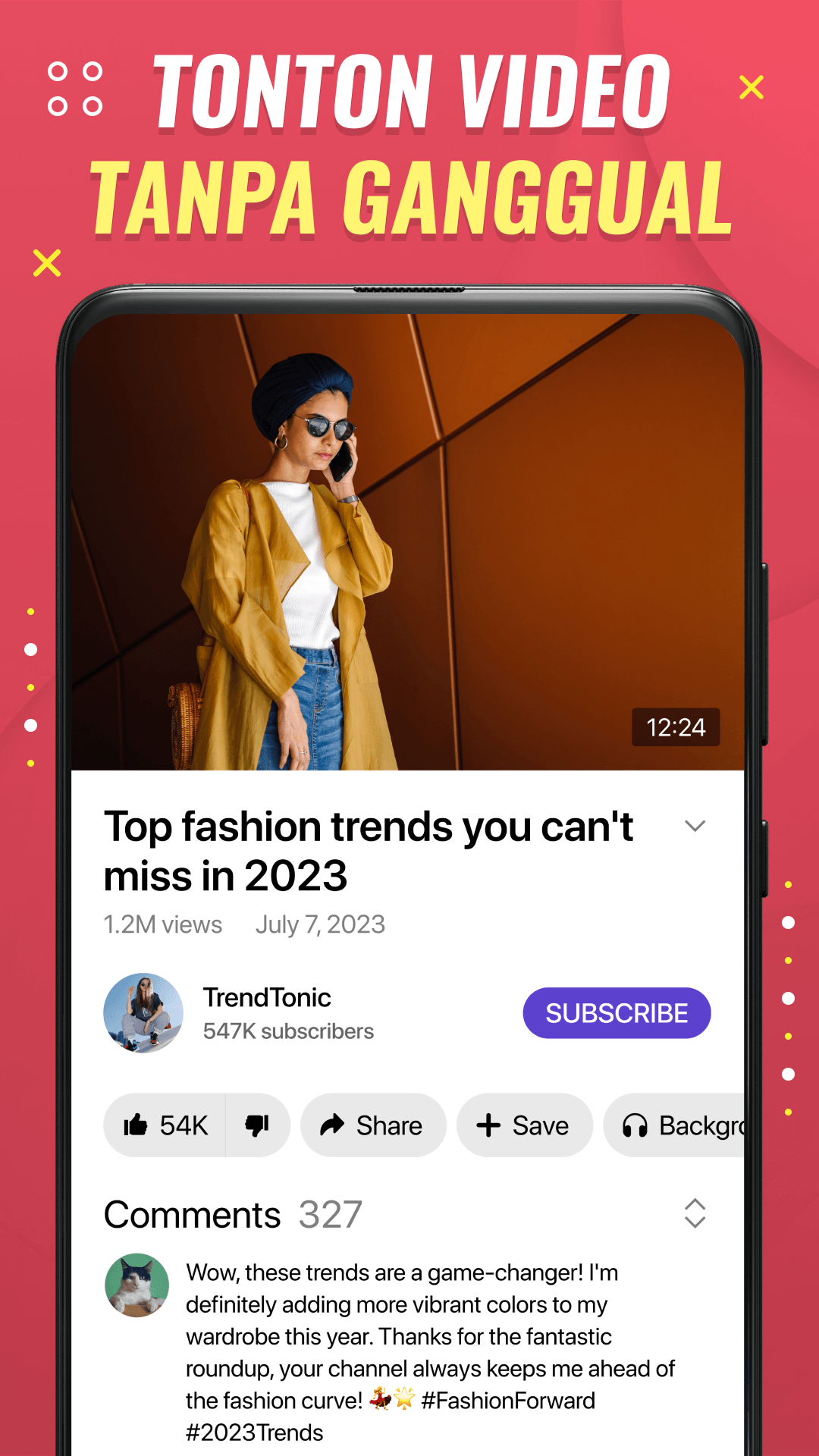
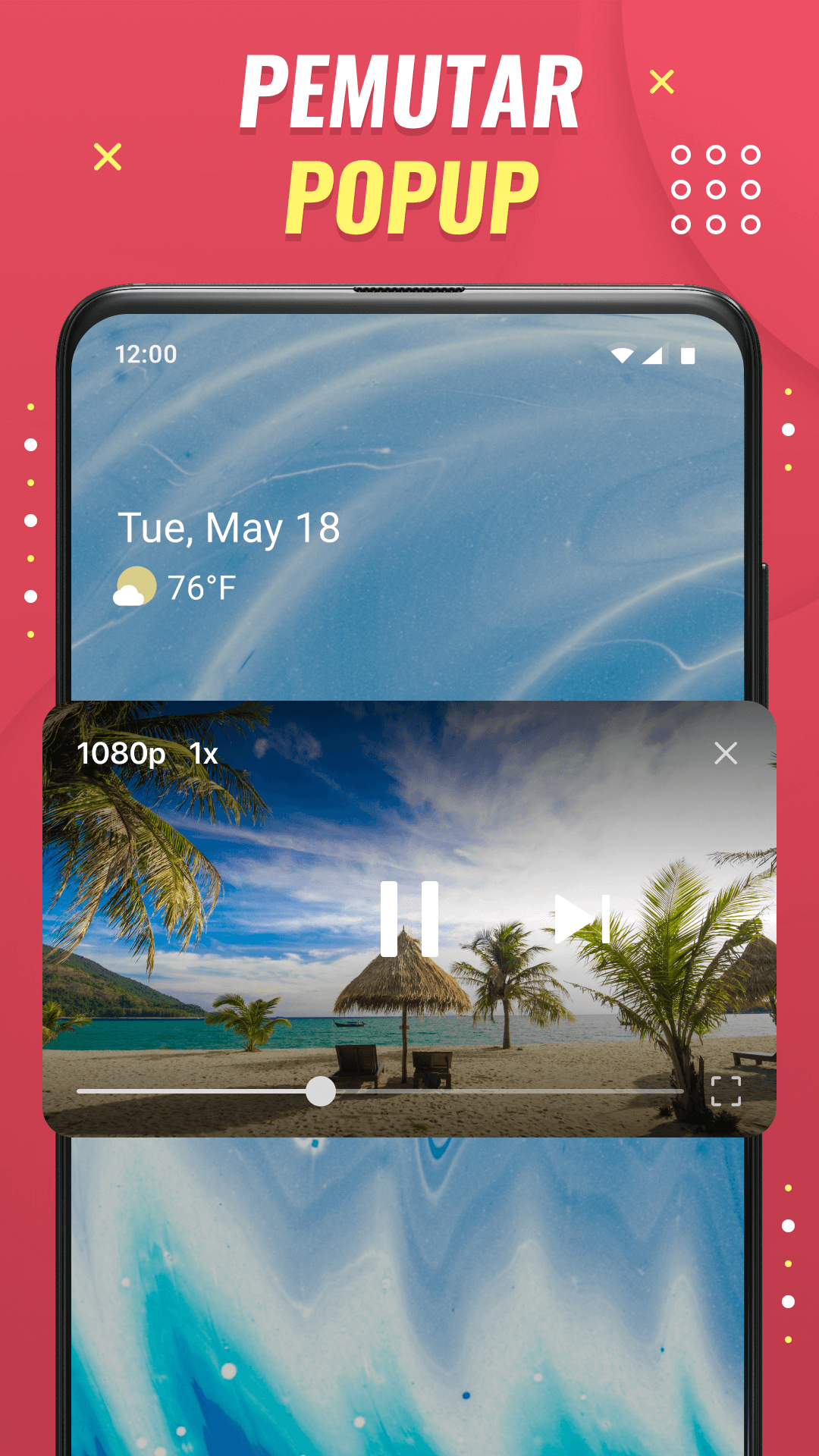
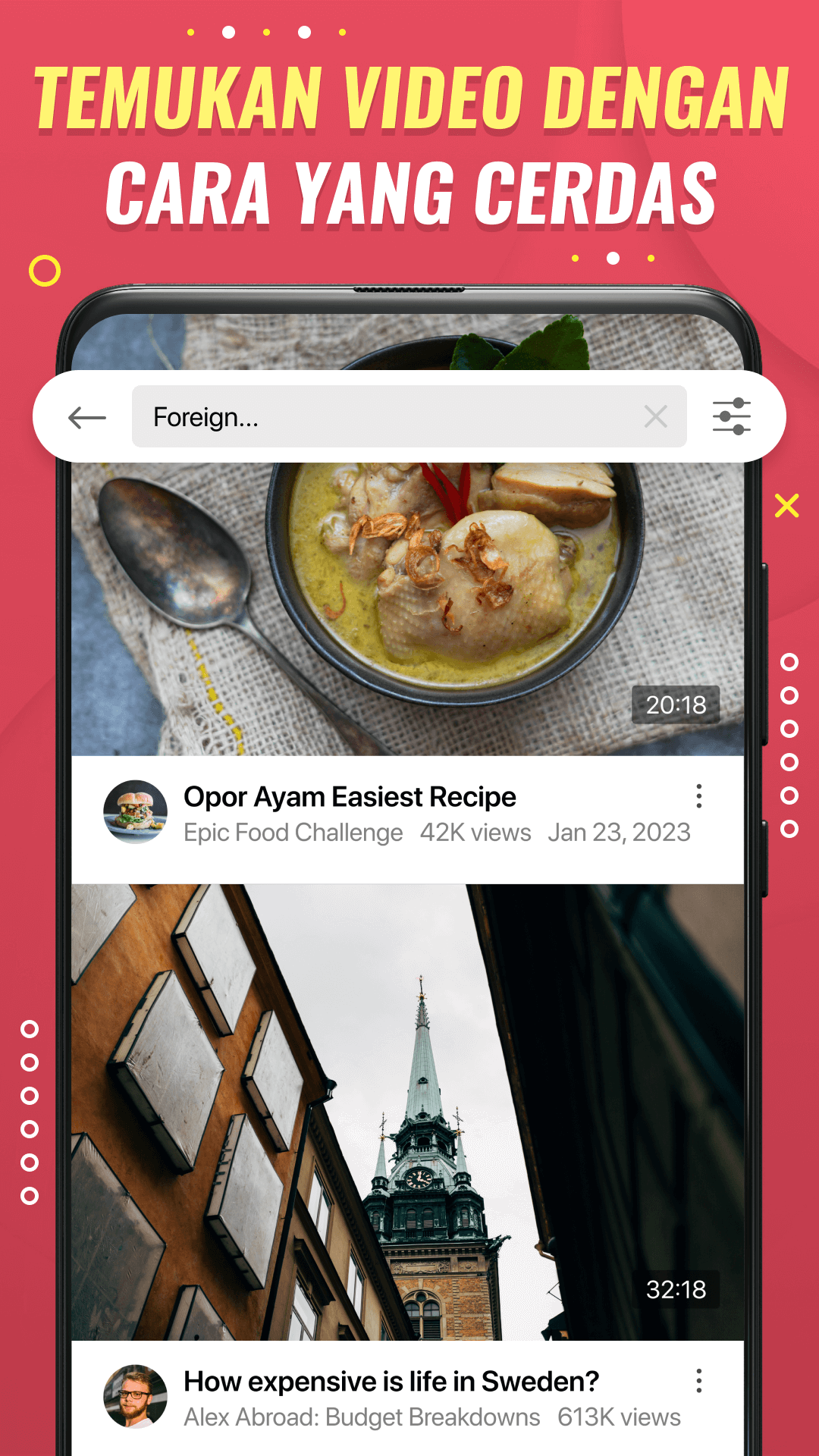
“It was super easy to integrate; the Monetag account manager helped me a lot and answered all my questions. They also said that Monetag developers can help me with technical stuff if needed, but I did everything myself”.
For monetization, Fahdlan used his favorite formats: Banners and interstitials from the well-known ad network. He checked Monetag’s push and interstitials and asked his manager to turn them off.
Then it was business as usual: ASO, buying traffic and making money from ads.
Next, the unexpected happened: Google banned the application, citing its rules without further explanation. At that moment, the app reached 9.5 million installs with DAU (daily active users) around 600-700K, mainly from Indonesia.
I was devastated. Having been banned before, I was extra cautious. We went over all the settings with the developers and were sure there was no reason for a ban. But it happened again.
Similar to the previous case, the ad network stopped working, and our publisher decided to take action – he asked the Monetag manager to turn on the ads.
Here are the stats (one month after the ban):
Interstitials
| Day | Impressions | Paid | CPM |
| 2023-11-18 | 727337 | 34.91 | 0.048 |
| 2023-11-19 | 698763 | 34.94 | 0.05 |
| 2023-11-20 | 710985 | 31.28 | 0.044 |
| 2023-11-21 | 705895 | 30.35 | 0.043 |
| 2023-11-22 | 691042 | 31.10 | 0.045 |
| 2023-11-23 | 690478 | 31.76 | 0.046 |
| 2023-11-24 | 691365 | 33.19 | 0.048 |
Push Notifications
| Day | Impressions | Paid | CPM |
| 2023-11-18 | 2451244 | 98.05 | 0.04 |
| 2023-11-19 | 2436126 | 87.70 | 0.036 |
| 2023-11-20 | 2434616 | 87.64 | 0.036 |
| 2023-11-21 | 2413041 | 82.04 | 0.034 |
| 2023-11-22 | 2411045 | 81.97 | 0.034 |
| 2023-11-23 | 2406023 | 84.42 | 0.035 |
| 2023-11-24 | 2393036 | 86.14 | 0.036 |
A month after his app was removed from the store, Fahdlan is making about $120 a day. Although his revenue has dropped, it’s still a significant amount, and it’s certainly better than losing that audience altogether.
“This was my very first experience with Monetag; it’s quite positive, way beyond my expectations. I know the guys have updated their SDK, and there are some new in-app ad formats like app open ads, etc. I’m planning to test these ad formats, but first in APK, before monetizing a Google Play app”.
Side note: When is SDK the right choice for you?
In the case study above, the Monetag SDK was an obvious choice for our publisher. But there are also other scenarios when using SDK can be extremely beneficial:
- The app is distributed as APK
In this case, you can integrate our SDK and use all or some of the ad formats available in it. Already using another SDK to display ads and don’t want to change anything?
Most likely, the solution you are using doesn’t have push notifications. In this case, you can integrate our SDK along with the one you are already familiar with and use only Monetag push notifications. We have a strong push feed that can show a significant increase in revenue, and the SDK is quite lightweight and easy to integrate.
- App in Google Play
Monetag is a great solution for apps distributed through Google Play and has a wide range of ad formats that will definitely increase the monetization potential of your audience. Please note that the push notification format is not available for apps on Google Play.
- You’ve built your own advertising solution
If you use your own platform to display ads, we can integrate at the server level and buy your traffic using the OpenRTB protocol or a simplified API.
No matter what app you have, Monetag can help you monetize your audience to its full potential. Monetag saves your efforts and protects your profits even in case of an accidental Google Store ban.
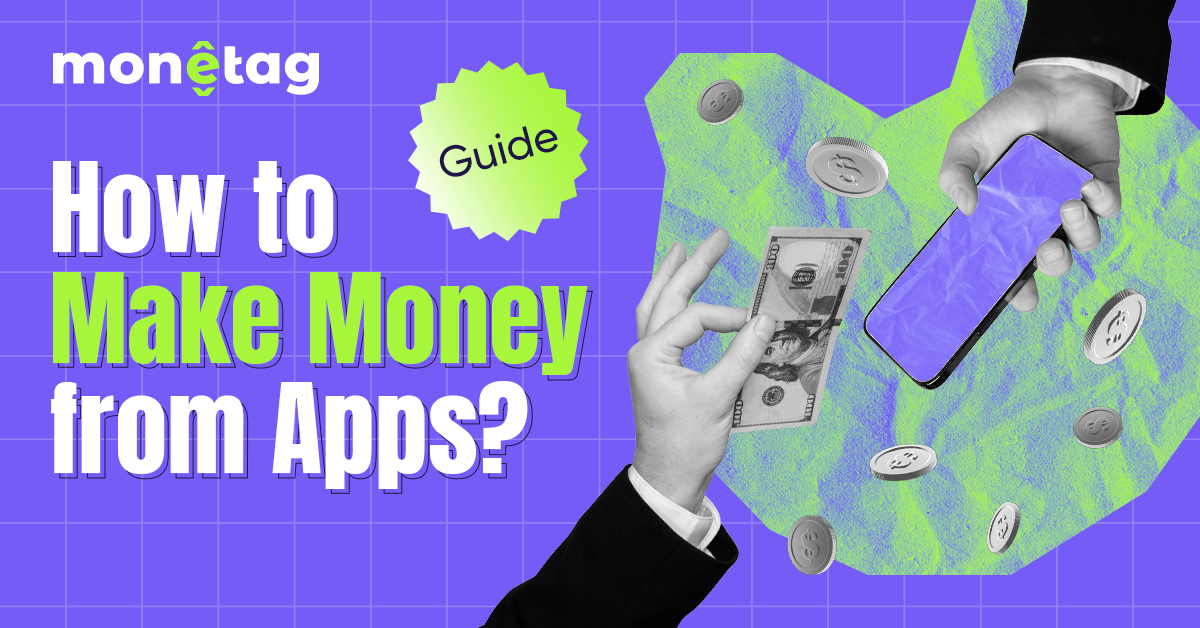
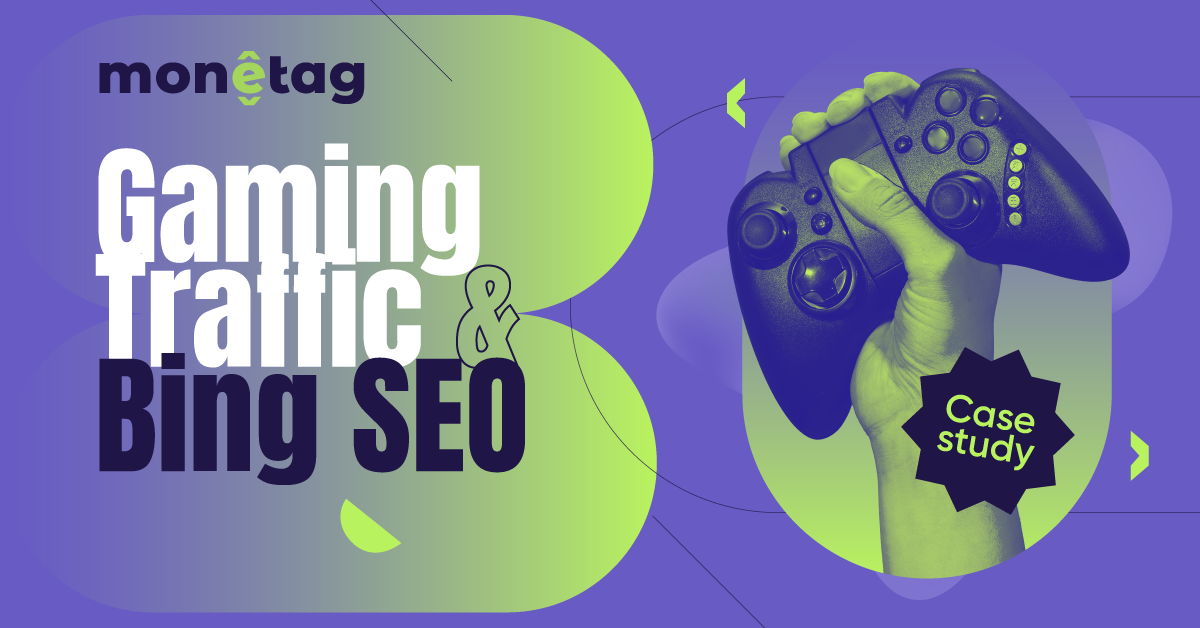
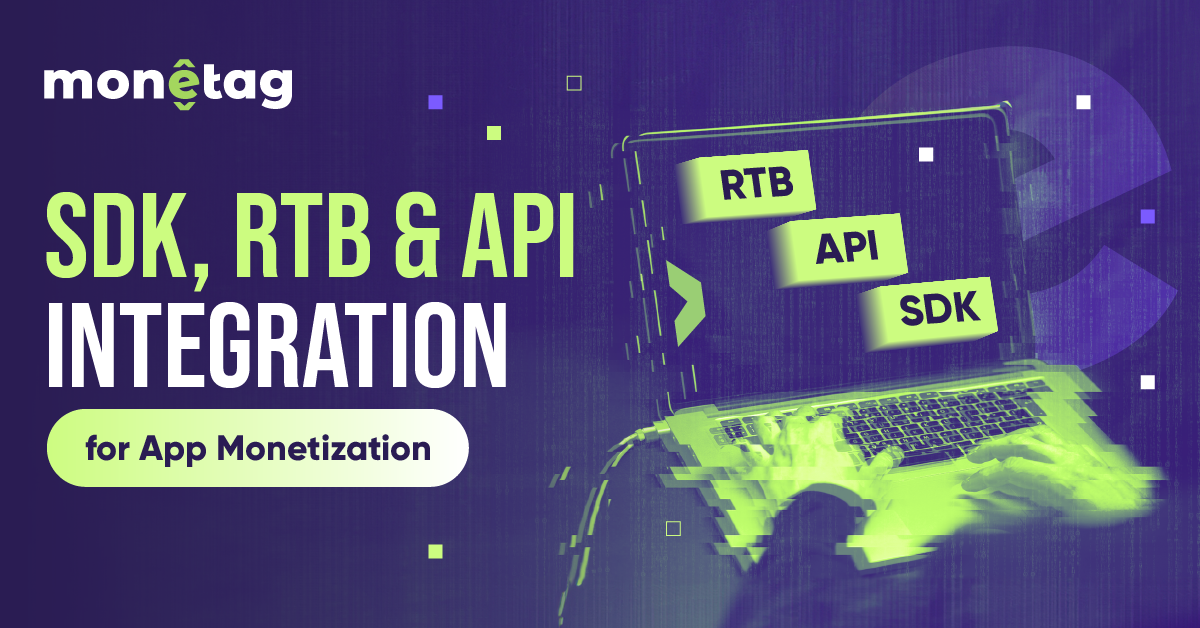
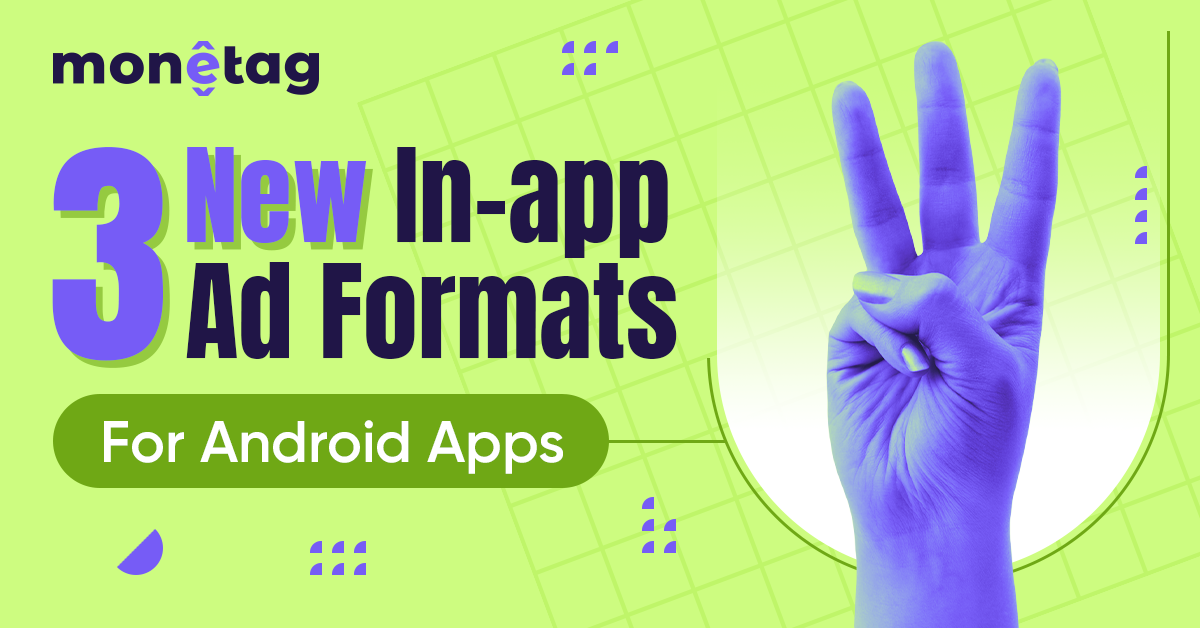
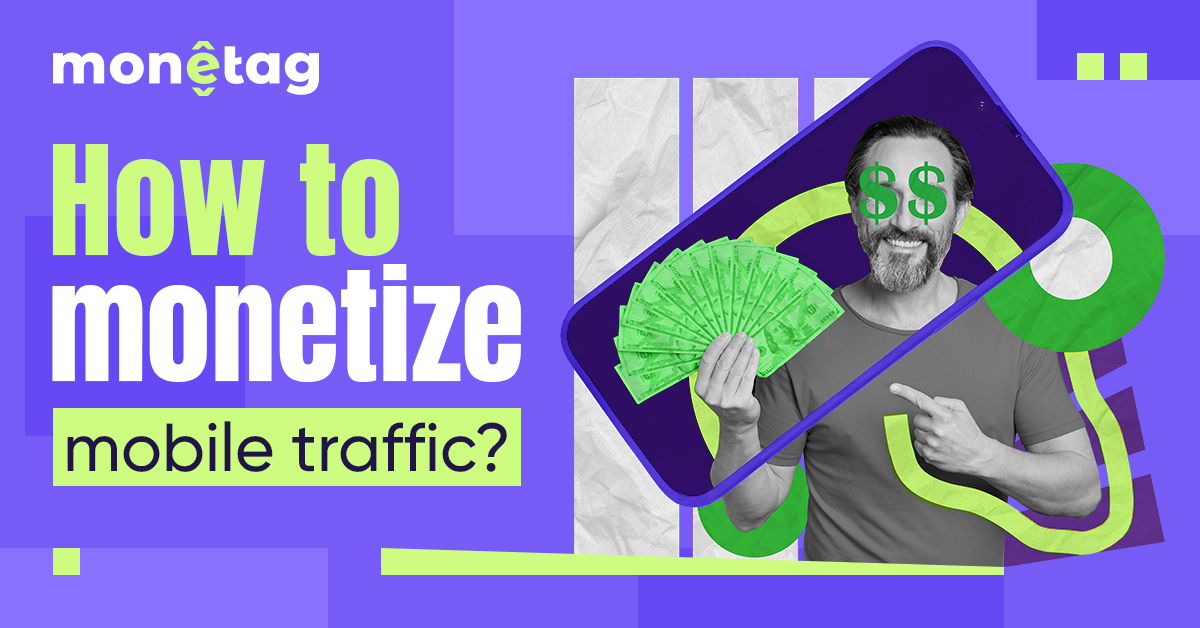
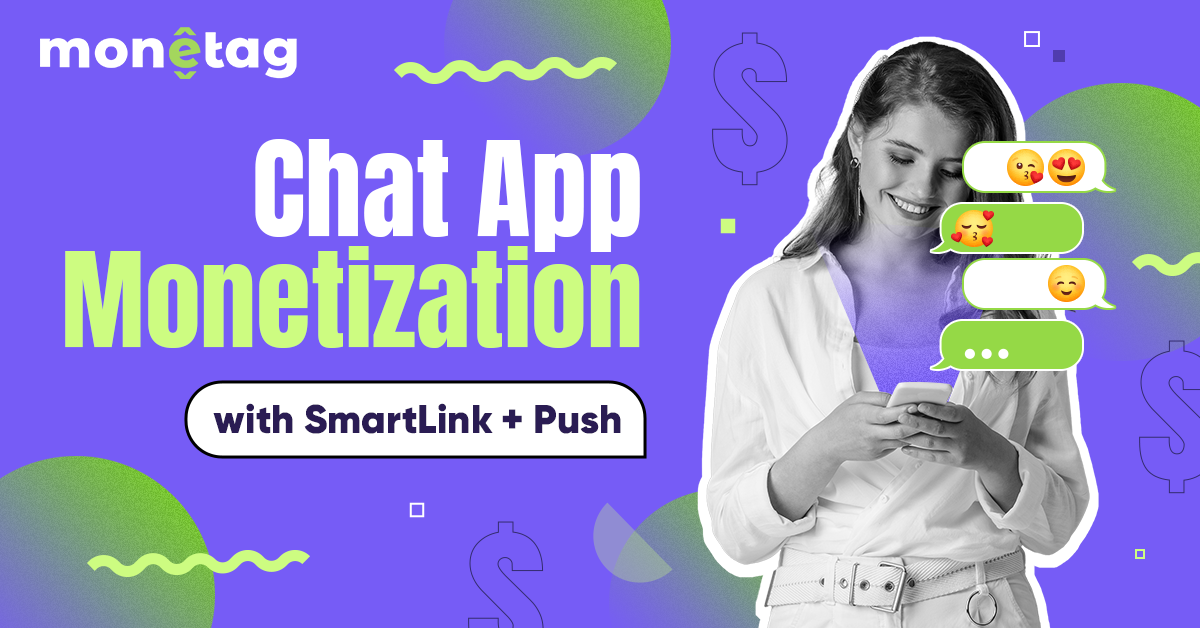

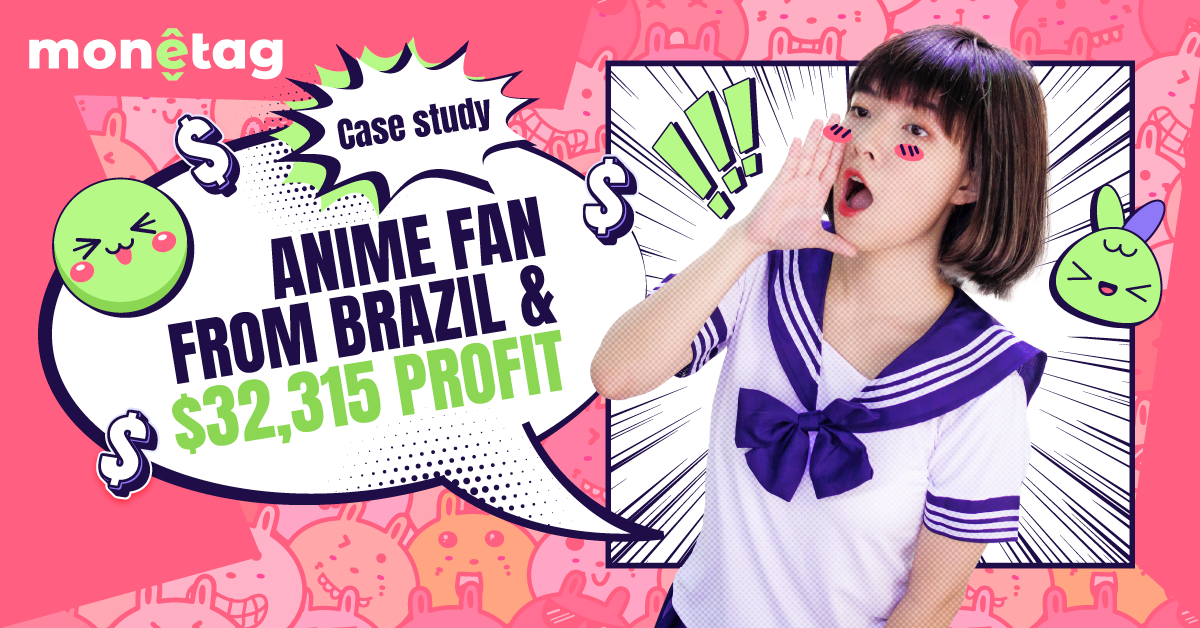
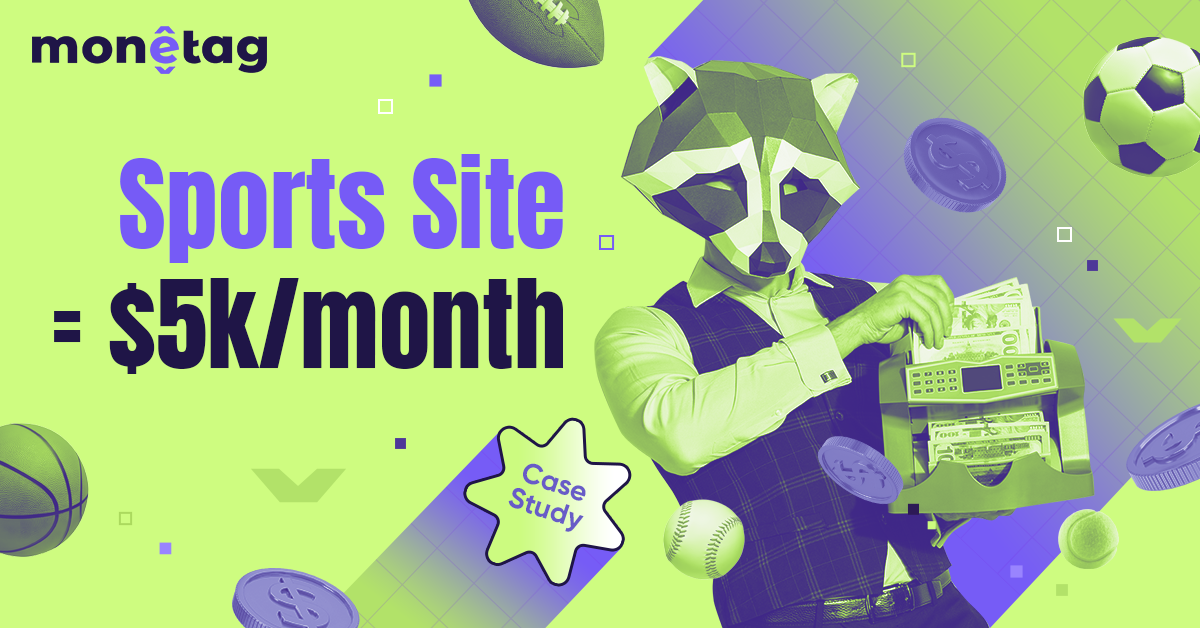
![$7,000 for a Pakistani Sports Fan Website[Case Study]](https://static.monetag.com/wp-content/uploads/2024/06/monetag-case-study-pakisatani-sports-fan-website.jpg)
